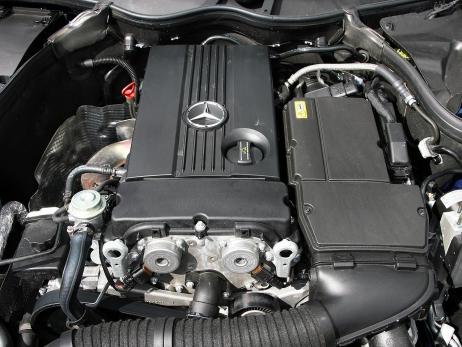
Holiday tires
The holiday season has just begun. Before leaving, we think about what to take with us in clothes, swim, eat, sit and change clothes for a long time. However, we do not always think about the durability of our car.
Technical and automotive experts advise
Will he be able to transport all of our holiday gear for sure?
We can test the tires on our car in a specialized workshop or ourselves - in the latter case, however, we must remember the basic, but at the same time the most important principles of testing. For a person with little experience, their implementation should not take more than 20-30 minutes.
1. The tires in our vehicle must have a minimum tread depth of 3.0mm. Although the Highway Traffic Law allows for a minimum tread depth of 1.6mm, the efficiency of water evacuation from under the tires is minimal at this tread depth; they must be free of cracks or bulges visible to the naked eye or felt when running a hand over the surface or tread of the tire. They also cannot be too old, since the compound from which they are made oxidizes and microcracks (“spider webs”) can be seen on the sidewall of the tires, indicating that the rubber has lost its properties, including strength.
2. Check tire pressure. It is important to measure "cold", i.e. when the car has been sitting for at least an hour. Additionally, if we are traveling in a fully packed car, increase the tire pressure according to the manufacturer's recommendations contained in the car's owner's manual. You should also check the pressure in the spare tire.
3. Wheels must be balanced. It is also good to check the alignment of the wheels, as well as the condition of the brakes, brake fluid and the condition of the suspension (shock absorbers, rocker arms). Also, check for even tread wear.
4. Also do not overload the machine. Each car has its own carrying capacity, i.e. weight that can be loaded onto the vehicle. Remember that it includes both the weight of luggage and passengers. A fully loaded vehicle, even with new tires and on dry surfaces, will have a longer stopping distance than in everyday use.
5. Driving on winter tires in the summer is not recommended for a number of reasons. First, a winter tire is made from a more flexible compound than a summer tire, so it wears out much faster and is less stable when cornering. Winter and summer tires differ not only in the composition of the rubber compound or tread pattern, the structure of which has a huge impact on the car's grip on the road, but also on rolling resistance and quiet running.
6. Good tire condition in motorhomes and luggage trailers is just as important as in the vehicle itself. Tires on a trailer may appear to be in perfect condition at first glance, but if they are a few years old, they may have worn out and need to be replaced.
All these factors contribute to the safe operation of the car while traveling. Therefore, if the tire test is not positive, i.e. any of the items discussed do not meet expectations, it is worth investing in a new set of tires.
The principle of vehicle inspection should be applied, in particular, before going abroad. Of course, we can familiarize ourselves in advance with the specific rules and customs that have developed on the roads: left-hand traffic in the UK, conflicting parking rules in France and Spain, toll roads in Spain, and year-round traffic at traffic lights in Hungary. .
Andrzej Jastszembski,
Deputy Director of the Warsaw branch of the company
Technical and automotive experts "PZM Experts" SA,
certified appraiser.
The biggest enemy of drivers and roads is soft asphalt, which in hot weather is constantly deformed under the wheels of cars, especially with large payloads, forming ruts. So in summer weather, every driver should take care of the tires of his car, and not about his own shoes. Your safety while traveling depends on this.
To the top of the article

